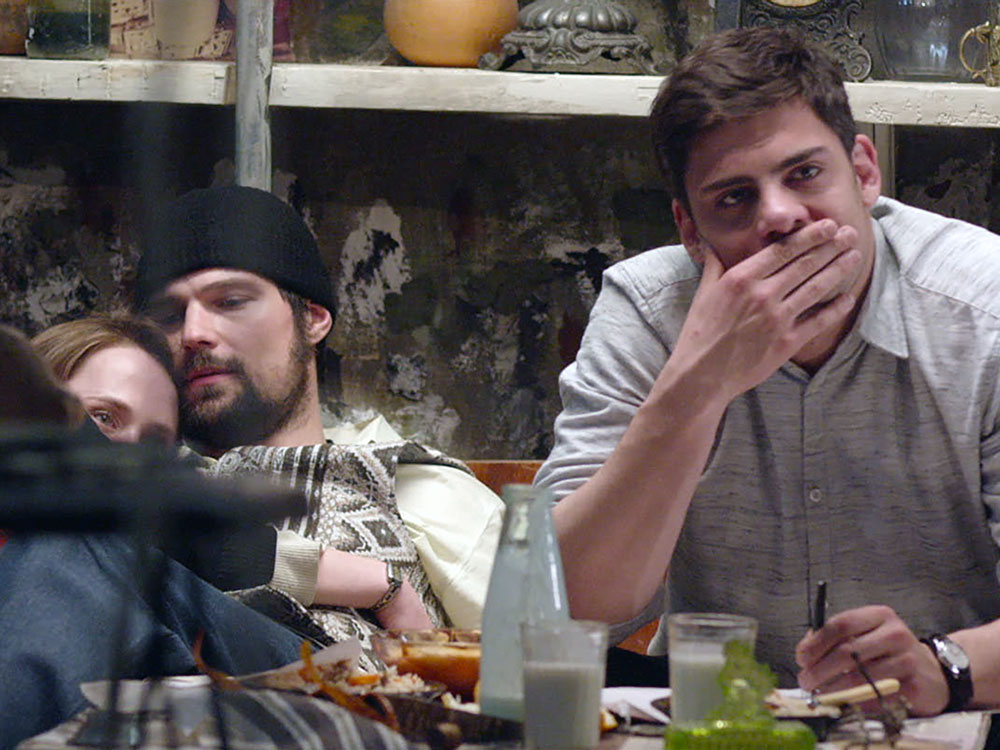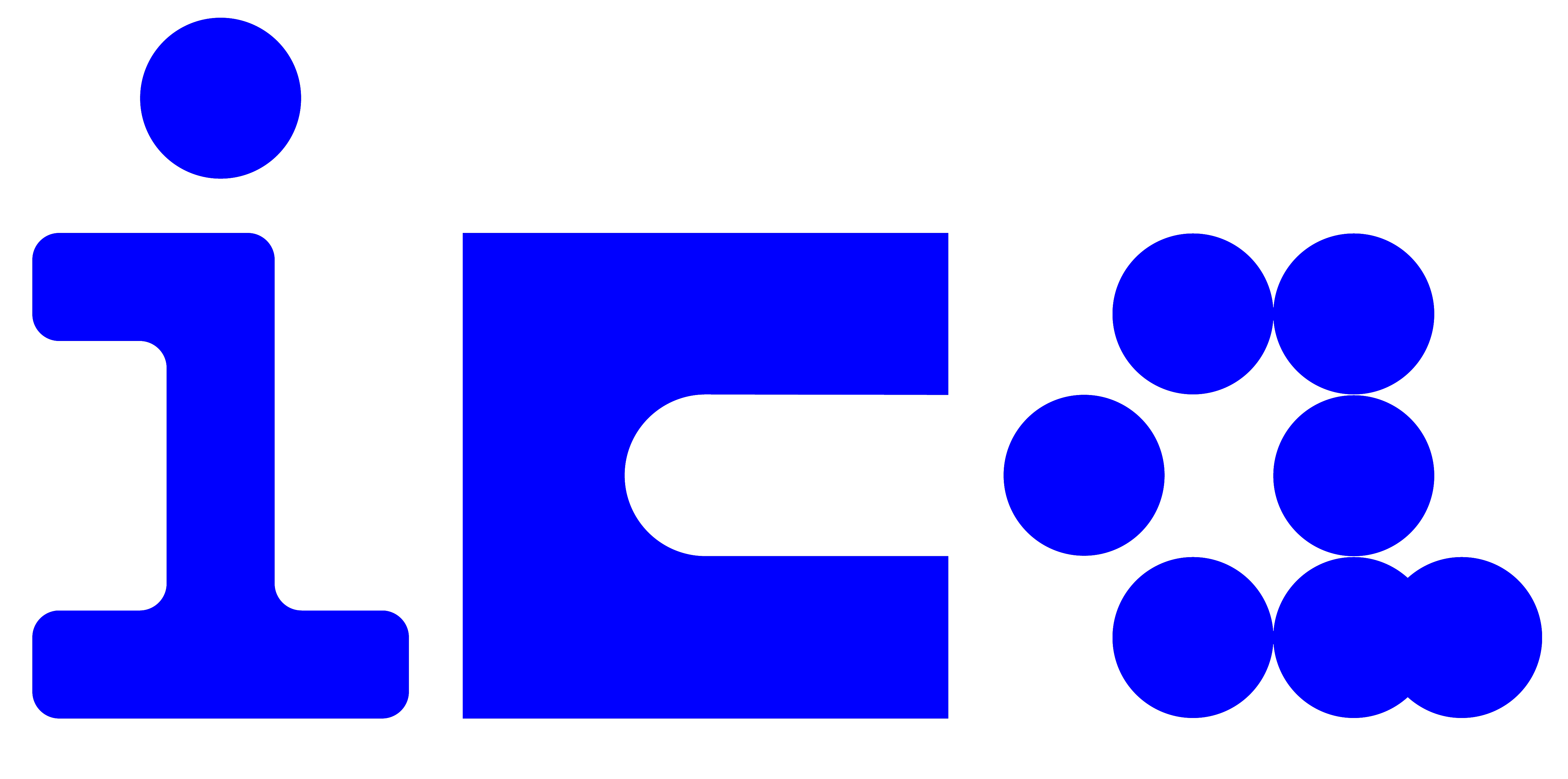Gaza, Palestine, 1 August 2014
(Investigation 2014 – 2015)
Friday 1 August was the deadliest and most destructive day in the 2014 Gaza war, following Israel’s enactment of the Hannibal Directive, a classified military order that is understood to permit Israeli soldiers, in the event of a fellow soldier’s capture by enemy forces, to target the captive so as to foreclose the possibility of a prisoner exchange. The bombardment of Rafah on 1 August was aimed at destroying the tunnels under the city into which an Israeli soldier was taken by Hamas fighters.
Amnesty International and Forensic Architecture were denied entry into the Gaza strip, therefore their investigation had to rely on thousands of images and videos posted online by the people of Rafah and by journalists, or sent directly to Forensic Architecture. Because the temporal and spatial metadata on images found on social media websites is not available, Forensic Architecture had to reconstruct this information by studying visual traces such as shadows and the shape of bomb clouds, to locate each image in time and space, and to compose a narrative of the day.
One of the videos examined included two still frames that captured bombs mid-fall, fractions of a second before impact. By locating the images within the 3D model, Forensic Architecture was able to identify the bombs as US-manufactured MK-84 / GBU-31 JDAMs, carrying one ton of explosives. Dropped in an inhabited civilian area, Amnesty International’s subsequent report has identified this use of the munition as a war crime.
A detailed schematic, presented here, based on a satellite photograph of Eastern Rafah taken on 1 August 2014 at 11.39am, shows Forensic Architecture’s working drawing developed during this investigation. It includes annotations of all forms of evidence it found and verified.
In May 2016 Israel canceled the Hannibal Directive, after legal experts cited its application on 1 August 2014 as the prime example of the command’s incompatibility with international law.
Commissioned by: Amnesty International
Presented as evidence to the International Criminal Court in The Hague and the UN Commission of Inquiry on the 2014 Gaza Conflict
Project team: Eyal Weizman (Principal Investigator), Christina Varvia (Project Coordinator), Nick Axel, Camila E. Sotomayor, Vere Van Gool, Francesco Sebregondi, Jacob Burns, Jamon Van Den Hoek, Hania Halabi, Shourideh C. Molavi, Gustav A. Toftgaard, Dorette Panagiotopoulou, Rosario Güiraldes, Susan Schuppli
Collaborators: Al Mezan, Kent Klich, Chris Cobb-Smith, Marc Garlasco, Ana Naomi de Sousa, John Pines
Thanks to: Mohammed Abdullah, Mahmoud AbuRahma, Angela Gaff, Jonathan Littell










no. 236848.